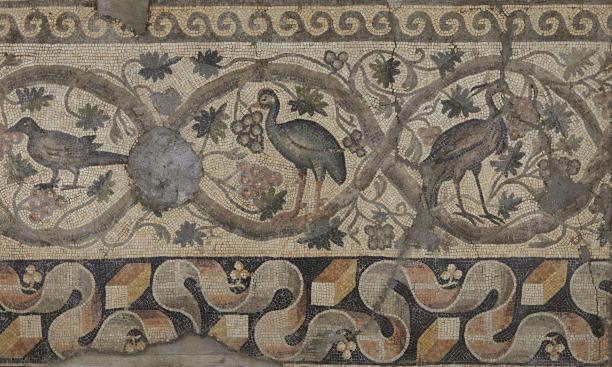
In March 1932, Princeton archaeologists began a dig in Antioch, Syria, that would turn up some 300 ancient Roman floor mosaics, some of which now reside in the Princeton University Art Museum and McCormick Hall.
(Courtesy Princeton University Art Museum. Roman, Mosaic: birds in rinceau, 526–540 A.D., Stone, h. 113.5 cm., w. 206.3 cm., d. 10.0 cm. [44 11/16 x 81 1/4 x 3 15/16 in.], Gift of the Committee for the Excavation of Antioch, y1965 227.)
Field photos and artifacts from the 'dig of the century'
Images courtesy of the Princeton University Art Museum and the Department of Art and Archaeology.

In March 1932, Princeton archaeologists began a dig in Antioch, Syria, that would turn up some 300 ancient Roman floor mosaics, some of which now reside in the Princeton University Art Museum and McCormick Hall.
(Courtesy Princeton University Art Museum. Roman, Mosaic: birds in rinceau, 526–540 A.D., Stone, h. 113.5 cm., w. 206.3 cm., d. 10.0 cm. [44 11/16 x 81 1/4 x 3 15/16 in.], Gift of the Committee for the Excavation of Antioch, y1965 227.)
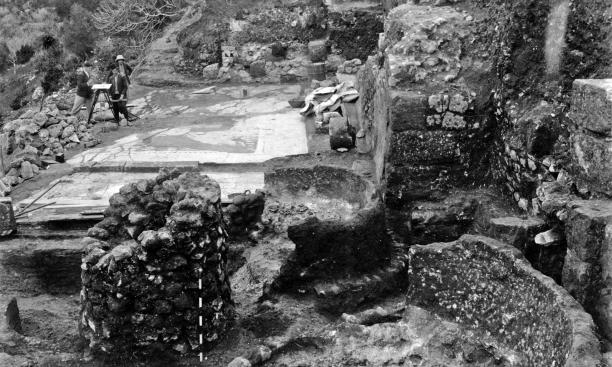
The Princeton excavation took place over eight seasons and was cut short by the outbreak of World War II.
(Field notebook photo, courtesy Department of Art and Archaeology)
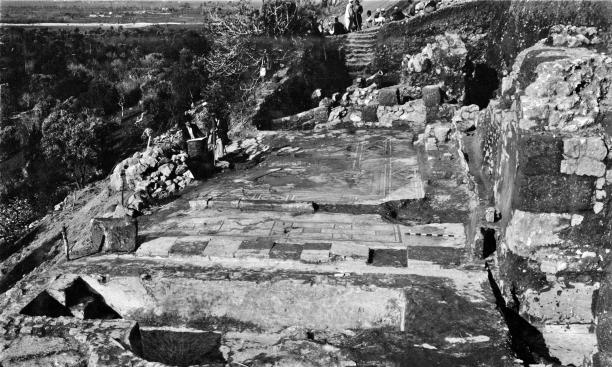
Newspaper accounts at the time called the archaeological work at Antioch the “dig of the century.”
(Field notebook photo, courtesy Department of Art and Archaeology)
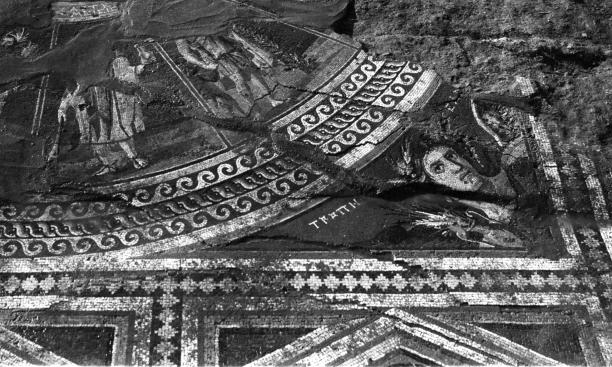
Mosaics in Antoich featured skillful artistry and elaborate geometric patterns, providing a glimpse of Roman art from the period.
(Field notebook photo, courtesy Department of Art and Archaeology)
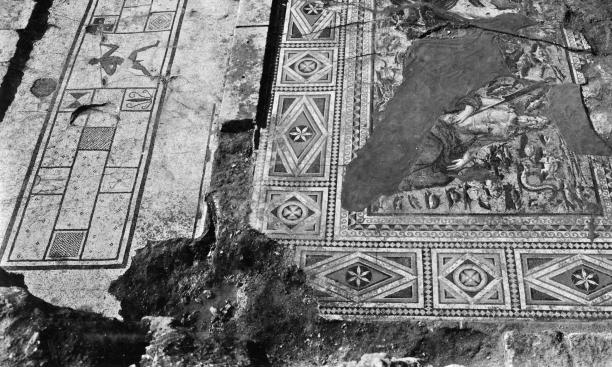
Using glued cloth and boards, wooden poles, concrete, and steel reinforcements, archaeologists removed scores of mosaics from the site.
(Field notebook photo, courtesy Department of Art and Archaeology)
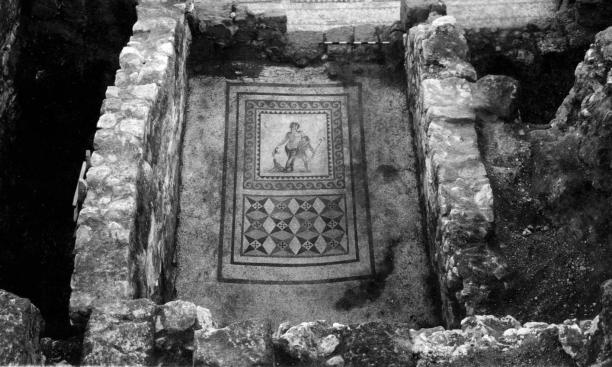
Several institutions received Antioch mosaics, including the Louvre, the Worcester Art Museum, Museum of Fine Arts, Boston, and the Baltimore Museum of Art. The following images are from the Princeton University Art Museum collection.
(Field notebook photo, courtesy Department of Art and Archaeology)
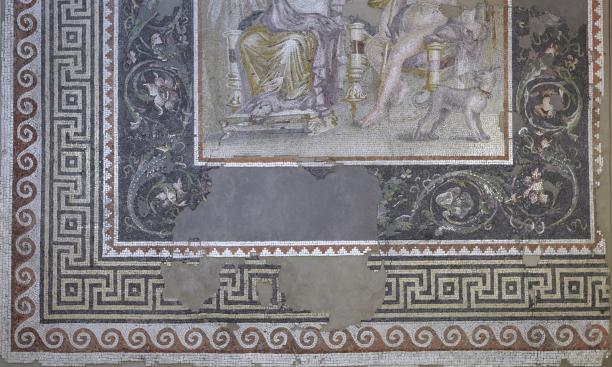
Aprodite and Adonis
(Courtesy Princeton University Art Museum. Roman, Mosaic: Aphrodite and Adonis, 1st century A.D., Stone, approximately: h. 160.0 cm., w. 190.0 cm., d. 13.5 cm. [63 x 74 13/16 x 5 5/16 in.], Gift of the Committee for the Excavation of Antioch to Princeton University, y1940 156.)

Inscription, with detail inset.
(Courtesy Princeton University Art Museum. Roman, Mosaic: inscription, March 387 A.D., Stone, h. 118.8 cm., w. 686.5 cm., d. 10.3 cm. [46 3/4 x 270 1/4 x 4 1/16 in.], Gift of the Committee for the Excavation of Antioch, y1965 221.)
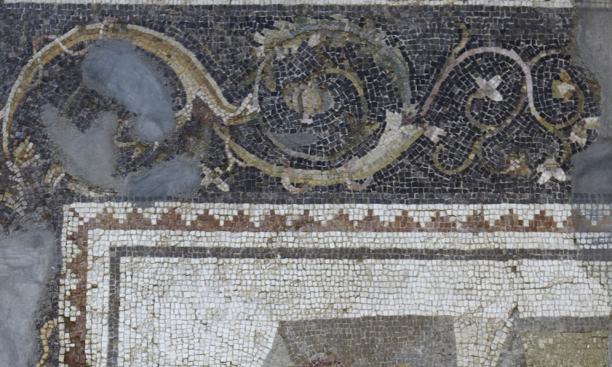
Ninus and Semiramis
(Courtesy Princeton University Art Museum. Roman, Mosaic pavement: Ninus and Semiramis, ca. 200 A.D., Stone, h. 166.0 cm., w. 97.0 cm., d. 13.0 cm. [65 3/8 x 38 3/16 x 5 1/8 in.], Gift of the Committee for the Excavation of Antioch to Princeton University, y1937 264.)
